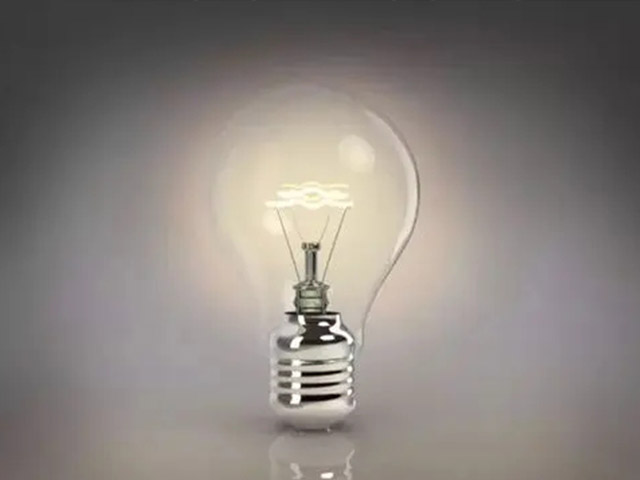The Death of the Light Bulb

The Death of the Light Bulb
The incandescent bulb came to life in 1880 in the workshop of Thomas Edison but it was only in 1910 that the tungsten filament lamp as we know today came into being.
Since then for nearly a century the incandescent bulb has continued to be the most popular lighting device. While it is the most popular it isn’t by any means the best lighting solution. The march of technology has meant that the bulb is today completely outdated. In a classic case of survival of the fittest - the bulb has lost to its more energy efficient competitors – CFL's and LED's. While it is still more popular than the newer technologies, the incandescent bulb is on the way out.
The global move away from wasteful light bulbs
The incandescent bulb was banned in Cuba in 2005, and will cease to be sold in Argentina, Philippines, and Australia after 2010. Many countries have an exchange program for bulbs and there are others that are preparing to power the conversion from bulbs on the back of carbon credits obtained by saving electricity. With the European Union and Canada preparing to ban it after 2012 and many states in the US prepared to follow suit thereafter the days of the incandescent bulb are numbered. New federal regulations requiring a 25% increase in efficiency in lighting devices could well be the proverbial straw that broke the camel’s back as most incandescent light bulbs will not be able to match the new stricter regulations. Halogen filled bulbs will be able to meet the new regulations but their survival shall also be in question once stricter rules requiring lighting devices to produce at least 60 lumens per watt kick in. GE is reported to have seen the writing on the wall and is said to be preparing to shut factories producing bulbs and moving on to LED bulbs.
LED Lighting is the future!
With the incandescent bulb unable to survive the Darwinian struggle for existence and the CFL plagued with issues of mercury contamination, flickering lights, safe recycling and incompatibility with dimmer circuits - LED lights are clearly the future of lighting.
The Incandescent Bulb – Inefficient and Unsafe
• A 10% efficiency ceiling - The incandescent bulb uses less than 10% of the electricity it uses to produce light and wastes the remaining 90% as heat! A 100W incandescent bulb has a luminous efficiency of less than 3% and its theoretical upper limit of efficiency (that is practically unattainable) is capped at 10%. What this means is that a hundred watt bulb wastes close to 95 watts in heating the room and then the air conditioning unit has to pump this heat out!
• Short life span - The high temperature at which the light bulb operates 3170 degrees F means that that filament burns out quickly requiring frequent changes of fixtures. A cluster of solid state Light Emitting Diode based lights with a life span of 30,000 hours or more for each individual lamp, is the clear winner with the risk of critical failure reduced to almost zero.
• Burn risk – As anyone with a small child will testify the hot incandescent bulb is a dangerous thing to have around a kid. Not only can a bulb fragment and cause glass shards on the floor it can also burn you.
Given that a 6 watt LED bulb can easily produce as much light as a 50 watt incandescent bulb means that a move away from the incandescent will save 88% of lighting costs, several tons of mercury emissions from coal fired power plants, and millions of tons of carbon emissions. Whether you prefer to be an early adopter of the technology of the future or wish to contribute to the battle against rising carbon emissions and consequent global warming or wants to child proof your house or save money on your utility bill or wish simply for a safe yet high return investment, LED lights fit the bill.
